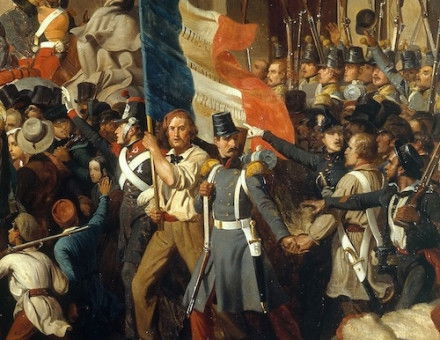Two Bishops of Winchester
In the thirteenth century, writes Diana E. Greenway, one of the Bishops in the important see of Winchester was a rich and noble monk; the second a warrior accountant turned prelate.
Early Christianity was an urban religion, spreading from city to city throughout the Mediterranean world. The city, from ancient times the basic political unit, became all important also in the ecclesiastical structure. The head of the city’s clergy was the Bishop; the chief church, where the Bishop had his throne, or cathedra, was the cathedral; and the city was the Bishop’s parish or diocese.
This ecclesiastical organisation, which had evolved in the urban cultures of the south, needed adaptation to suit the very different conditions in the barbarian lands of northern Europe. The Roman missionaries who arrived in England in 597 found that cities were few and tended to be the capitals of small kingdoms, so that in order to establish their bishoprics and have their cathedrals built and endowed, they needed the favour of rulers and nobles. The cathedrals’ endowments came to be composed of great tracts of agricultural land, including whole villages, scattered over a wide area of countryside, and the Bishops’ dioceses generally consisted of large subdivisions of kingdoms.





